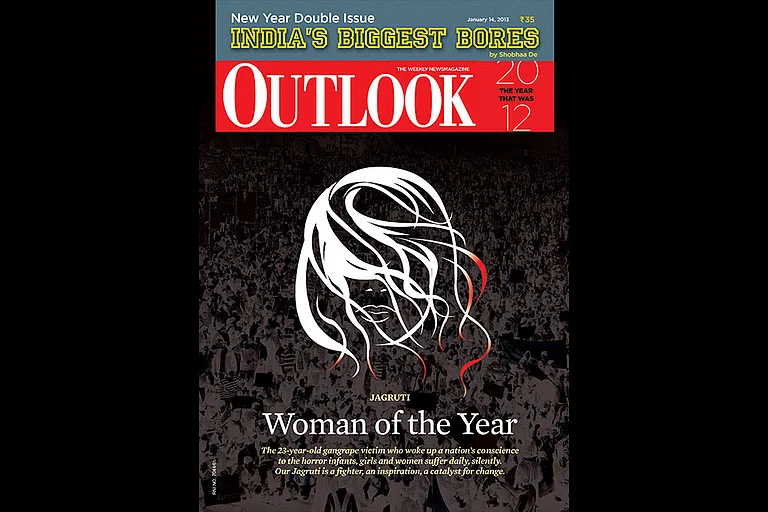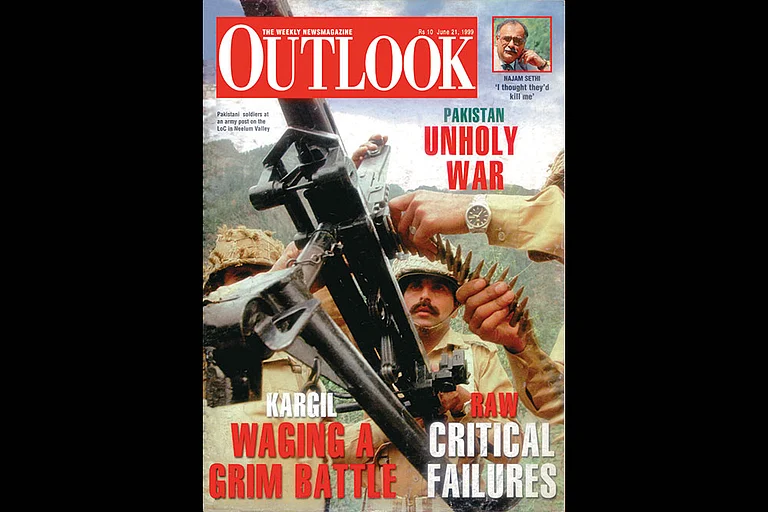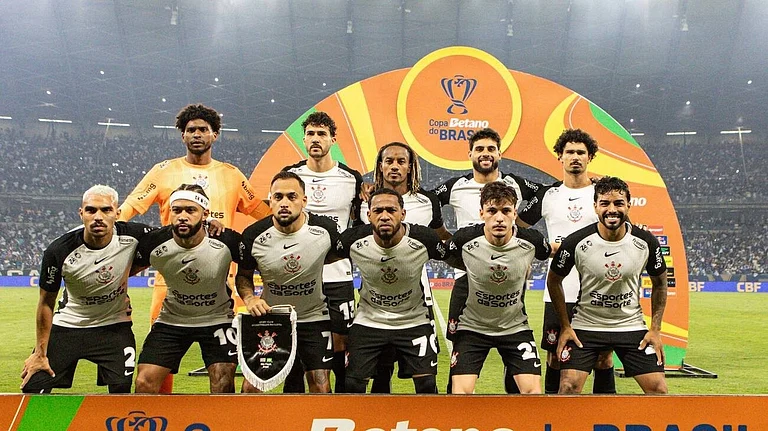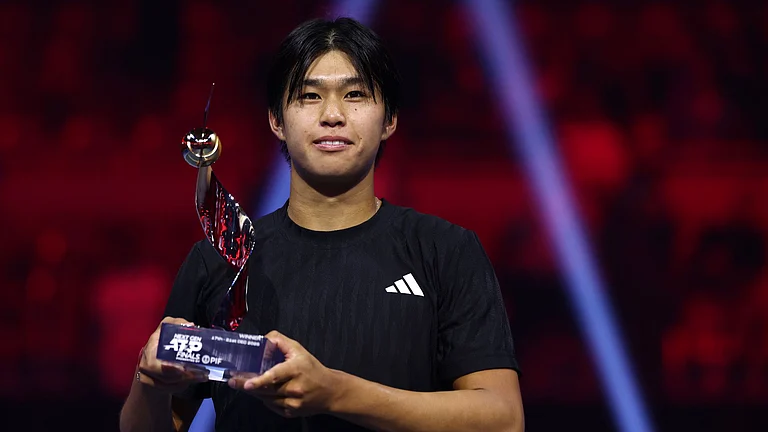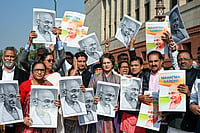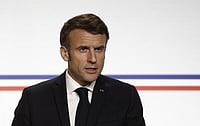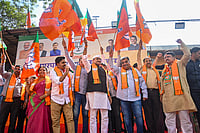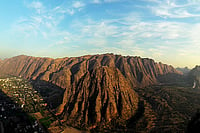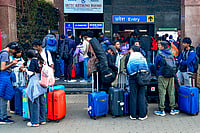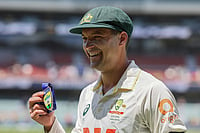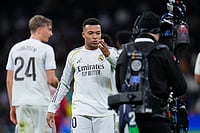Does the government believe that Track II practitioners act as effective facilitators for a peace process? Or, can these backdoor parleys be counter-productive, derailing delicate diplomatic moves?
While the Prime Ministers Office (pmo) agrees that these exercises are imperative for building bonds, it feels matters could sour if not handled properly. Kuldip Nayars statements in the Rajya Sabha early this month on his tete-a-tete with Pakistans chief executive, General Pervez Musharraf, has miffed people in the government. Now, it also wants to distance itself from Air Marshal S.K. Kauls solo mission to Islamabad in May where he met up with Pakistans ceo.
Given the international pressure for India and Pakistan to break the logjam and resume dialogue, there has been a flurry of backroom activity. However, the pmo firmly believes that "undue publicity" could affect any possible breakthrough if the push given to Track II goes out of hand.
The efficacy of Track II and its perception in the pmo assumes significance in the light of initiatives shown by senior journalist R.K. Mishra, Rajya Sabha MP Kuldip Nayar, former cabinet secretary Muchkund Dubey and Air Chief Marshal (retd) S.K. Kaul who believe they have done their bit in winning friends and influencing people across the border.
Although the government position is that there is no "official sanction" for Track II players and conclaves, there is obviously a "nudge-nudge and wink-wink" attitude that it adopts. "The government will immediately distance itself from such moves if they blow up politically," avers a pmo official.
Stealth and secrecy, then, are the watchwords. "You lose your utility by going public," says one Track II player. Therefore, the peace offer brought by Nayar, who met Pakistans chief executive in June and which he subsequently announced in Parliament this month took everyone by surprise. The deal: Musharraf had agreed to a six-month ceasefire, stopping the transport of militants to the Valley, reining in the isi and ensuring quiet on the LoC. It was up to Prime Minister Vajpayee to respond. However, he didnt. Neither did he turn it down. "By going public, there can be mixed responses. Hence, publicity can be the biggest danger to such forays," says a senior official.
But even prior to Nayars solo mission was the lead taken by Kaul in May where he met up with a host of Pakistans intelligentsia, officialdom and also Musharraf. In his short yet fruitful stay, Kaul was able to gauge and make up his mind on the Pakistani intelligentsias "concerns" on Indias foreign policy. As part of the Belusa group, an influential lobby headed by US-based Shireen Tahir Kheli, Kaul got an assurance from Gen Musharraf that the Kashmir issue would not be raised if the two leaders did have a face-to-face meeting in September (see interview). The other members in the Belusa group include senior journalists from India, Pakistan and retired bureaucrats.
Following his two-week visit to Pakistan, Kaul briefed external affairs minister Jaswant Singh, the PMs principal secretary, Brajesh Mishra and foreign secretary Lalit Mansingh of his various meetings. "Yes, he briefed us but it was not an official endeavour," says a senior bureaucrat, hastily.
Former prime minister I.K. Gujral told Outlook: "Track II initiatives are important to build bridges of friendship of civil societies in South Asia." For over a decade, he continued, they have been "non-structured and non-coordinated" but the final objective is to give it shape and meaning.
In the run-up to the United Nations General Assembly meeting in September, such moves are bound to gain momentum, say officials, despite the increased violence in the Valley.
Just last week, a conference organised by the University of Stanford on Nuclear Safety in India and Pakistan saw participants from both countries congregate in Bangkok. Attending it were Dr K. Subrahmanyam and General O.P. Mehra from the Indian side and General Talat Masood, Brigadier Feroze Khan and Prof Iqbal Cheema from Pakistan. Prior to this was a meeting held in Kathmandu where Dubey, journalist N. Ram, along with a distinguished panel met up with Pakistans information minister Javed Jabbar and former foreign secretary Niaz Naik for a conference on "Cooperation and Peace" in the south Asian region.
And more such meetings are to follow. In early September and just before Vajpayee heads a high-powered delegation to Washington, an all-important Track II conference will be held in New Delhi where Naik will be heading a six-member team.
Clearly, the motive behind these exercises is to help the government find out what is acceptable or unacceptable in helping to formulate policy. "The players and conferences are used as sounding boards. It can be helpful sometimes," says an official.
On its part, the bjp-led government has made it clear that theres no question of the Prime Minister meeting Musharraf in the current climate. "Unless cross-border terrorism and violence in the Valley end, there seems no chance of a possible meeting," says a pmo official.
Notwithstanding the governments avowed position, the insight provided by Track II players has been useful in educating policymakers. Whether the situation in Kashmir has now reached a point where a settlement is imperative remains to be seen. The stakes have risen for General Musharraf, who is widely perceived as the person who scripted the collapse of the Lahore bus diplomacy. International pressure has come to bear down on him heavily. But how much he will yield in the face of a growing militant clergy has to be factored. The price for prolonging the conflict is undoubtedly expensive. Both in terms of material and men. For both countries.







